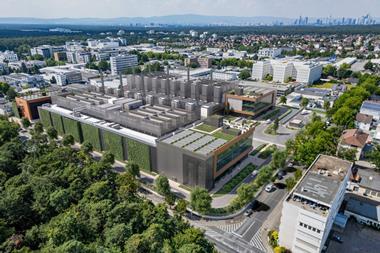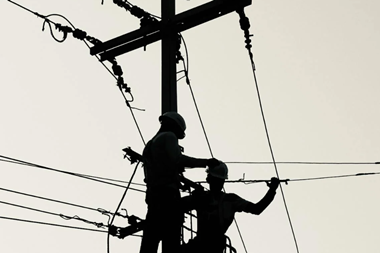The institutional real estate industry in the US is anticipating a “normalisation” of the asset class through repricing, lower returns and a reduction in investor capital.
According to the annual Emerging Trends in Real Estate US report by the Urban Land Institute (ULI) and PwC, investors face a range of “looming market adjustments”, some of which are “cyclical due to the weakening economic conditions” and others represent “a return to normalcy after all the pandemic-fuelled market distortions”.
Launched today at the ULI Fall Meeting in Dallas, the survey of US real estate industry participants said the market reversions will take several forms, adding: “prices of most assets are declining as cap rates rise and transaction volumes fall from record levels, while rent gains for others are merely moderating as demand returns to more sustainable levels.”
The normalisation is also hitting favoured property sectors like multifamily and industrial. The housing market – both for-sale and for-rent – is decelerating, according to the report, while the “white-hot industrial market also seems set to cool after several years of unprecedented demand growth and rent gains that have pushed rents far above prior records”.
But there could also be a normalisation in the form of investor allocations and appetite for real estate. “Discussions with numerous participants from all corners of the industry confirm that many investors have moved to the sidelines – or to other types of assets like equities and bonds,” the report said.
Over the past decade, real estate has “benefited from a substantial capital inflow as alternative investment classes have gained wider acceptance and real estate offered compelling risk-adjusted returns”, the report said. “Now, some of those inflows look to reverse. Investor interest is still healthy, but not what it was.”
The report cited a number of factors driving the situation: rising cost of debt, rising interest rates and the denominator effect of falling prices in listed equities and bonds.
“However, the impact on [commercial real estate] portfolios may not be severe this time,” the report said. “Many institutional investors have been under-allocated… so they will not need to rebalance by selling real estate assets.”
Despite this, the survey suggests most participants expect a lull in the market rather than a crash. “Notably, there are few signs of distress. Balance sheets are generally strong, leverage is low and values have not fallen very far, so few assets are underwater with their debt,” the report said.
“Moreover, replacement financing is generally still available for those who need it, if at a higher price and with tighter underwriting. Many investors and developers are willing to look beyond the short-term turbulence to focus on longer-term opportunities.”
The National Council of Real Estate Investment Fiduciaries (NCREIF) also released its third-quarter results for the NCREIF Property Index this week. Capital appreciation turned negative for the first time since third quarter of 2020 at -0.37%.
NCREIF attributed the decline to a “significant increase in the number of properties that had their values written down this quarter versus those that were written up”.
More than half the properties in the index were written down, which had also not happened since the third quarter of 2020.
To read the latest edition of the latest IPE Real Assets magazine click here.























